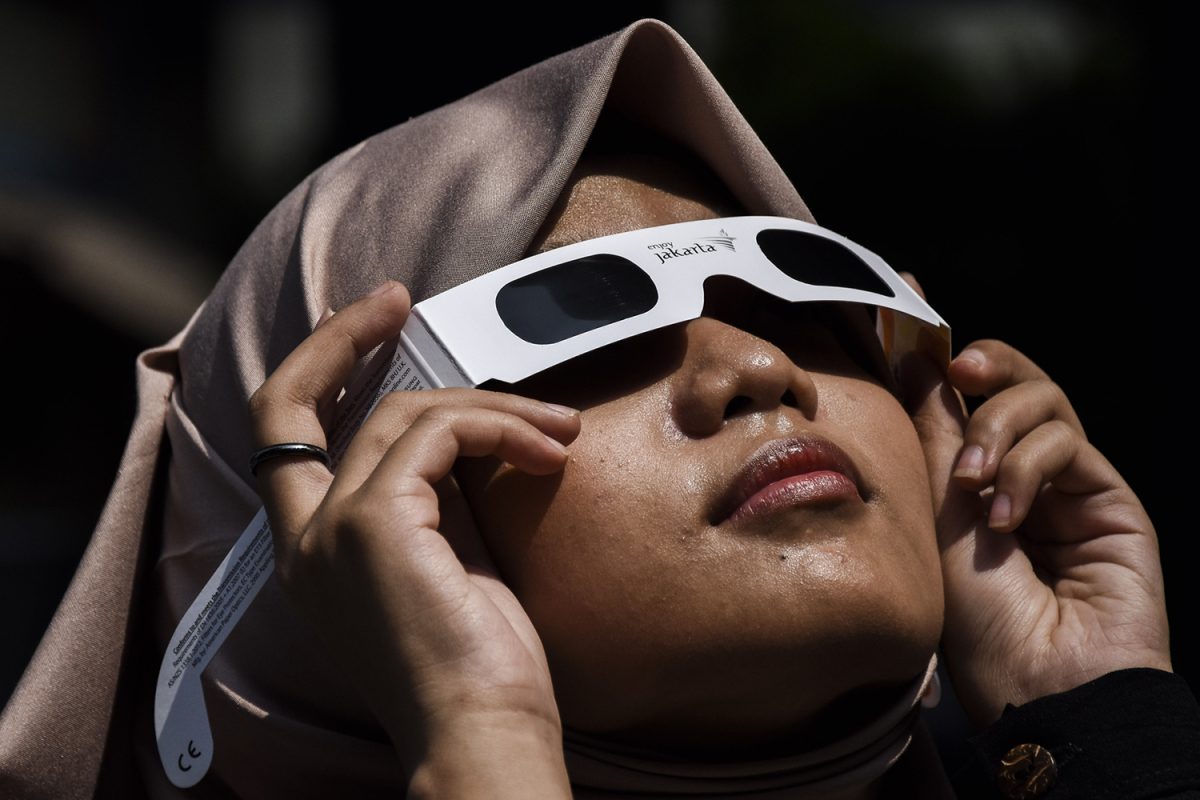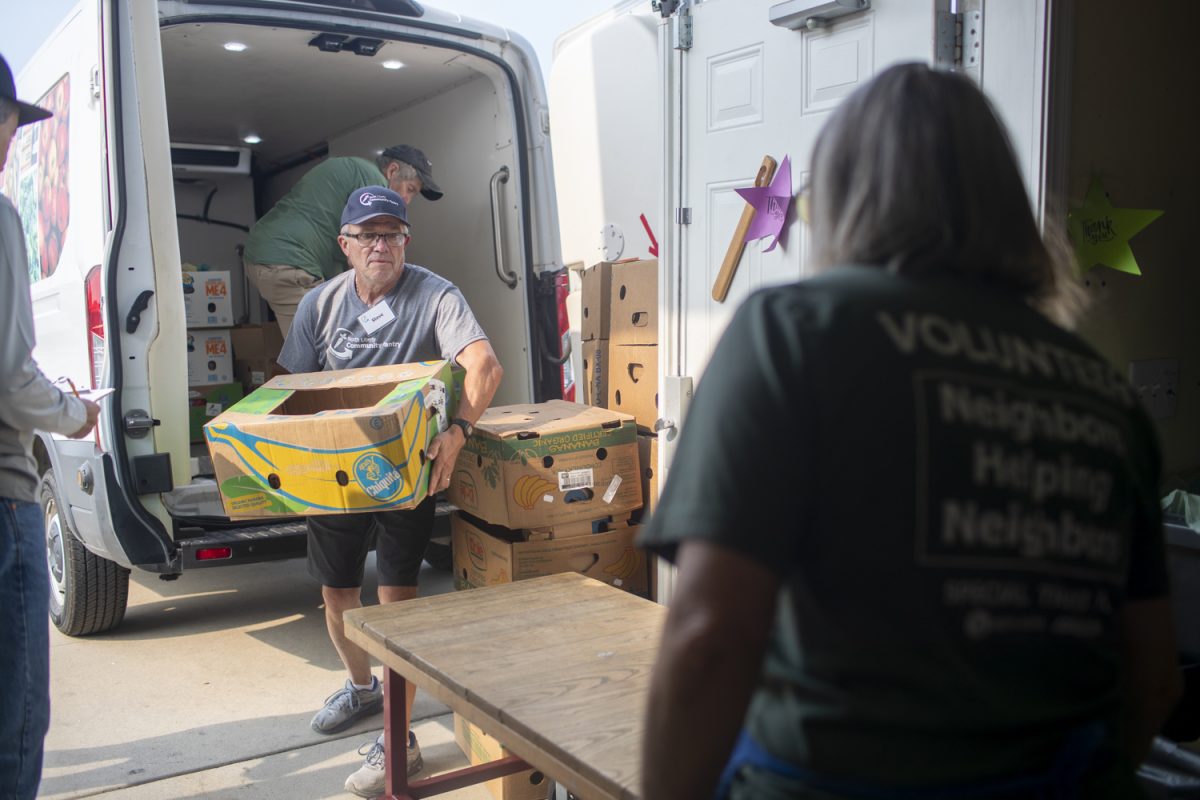Every now and then, the sun and moon fall into a perfect alignment, casting a fleeting shadow that darkens a specific region of Earth: a total solar eclipse.
For the eclipse on April 8, Iowa City falls outside the path of totality, or the narrow region where the moon will entirely block out the sun, but residents will still experience a partial eclipse.
“We in Iowa City will be very close to the path of totality. The sun is going to be 90 percent blocked by the moon,” said Caroline Roberts, astronomy expert and manager of the University of Iowa’s Van Allen Observatory.
The next continental total solar eclipse over the U.S. will occur in 2044.
The UI’s Department of Physics and Astronomy and Sciences Library will host a free viewing event on the Pentacrest and in the Sciences Library Courtyard.
The event takes place on April 8 from 12:30 p.m. to 3 p.m., offering a chance to observe the eclipse. The partial eclipse will start at 12:46 p.m., reach maximum totality at 2:01 p.m., and end at 3:16 p.m.
Roberts said up to 2,000 free eclipse glasses split between the two locations will be offered to attendees and distributed on a first-come, first-served basis.
Attendees will have an opportunity to view the sky through solar telescopes as well as pinhole viewers. A pinhole viewer acts like a tiny camera, using a small hole to project a reversed image of the sun onto a surface behind it.
The event is open to all and includes participation opportunities for attendees with disabilities.
“There will be an accessible telescope for anyone who’s in a wheelchair, and tactile exhibits will be brought in to help anyone who can’t see very well be able to experience the eclipse as well,” said Mary Haag, co-organizer of the eclipse event and vice president of the Society of Physics Students.
The event offers a unique chance for students and community members to come together and witness a historical celestial alignment. Solar eclipses occur two to three times a year, but the moon’s shadow often falls on remote stretches of the ocean, leaving most unable to witness the darkening effect.
“It’s pretty rare for any one location to have a total, or even a partial, solar eclipse,” Roberts said.
The UI Department of Physics and Astronomy hosted a similar viewing event during the last partial solar eclipse in 2017. Roberts said Iowa City will experience a minor solar eclipse in 2028, where only a small chunk of the sun is obscured by the moon, and another partial eclipse in 2029.
“This one in 2029 will appear similar to the eclipse on Monday, but because it’s not paired with a continental U.S. total solar eclipse, there will be less general hype,” Roberts said.
UI third-year student Joe Maxwell is eager to witness the eclipse with a renewed perspective.
“The last time that I saw an eclipse was when I was in eighth grade,” Maxwell said. “But it was overcast, so I remember it got slightly darker, but I think most of the magic happened above the clouds.”
UI fourth-year student Abinadi Rivera-Aguirre did not have a chance to experience the 2017 eclipse and is looking forward to the upcoming event.
“I’m super excited to be in a community with like-minded people and have this cool experience,” Rivera-Aguirre said.
To help students keep their eyes safe while viewing the eclipse, Ian Han, ophthalmologist and retina specialist at the UI, answered frequently asked questions about eye safety and the eclipse.
“I think one common misconception is that you can just wear sunglasses or some sort of dark shades. The reality is that can still be really dangerous. You need approved glasses,” Han said.
RELATED: UI to host solar eclipse watch party
When purchasing eclipse glasses, Han encouraged people to look for an ISO 12312-2 designation, which signifies approval from reputable retailers.
“If you try it indoors, you shouldn’t even really be able to see the outline of a bright light on your ceiling. It’s a good way to test in advance,” Han said.
Beyond its scientific significance, the April 8 eclipse event will serve as a powerful reminder of the unifying nature of astronomy, Haag said.
“I can’t wait to see all the shadows that will come out. And I think it’s fun to have everyone really excited about science together,” Haag said.













